As you can see, the campsite "Camping Michelangelo" was perched on one of the rolling hills that surrounded the city - it was only a short 20 minute walk into the city which made the location ideal and the price was right.
The star of the hillside, a replica of Michelangelo's David, the real one was removed and is now in a museum, which is too bad. Outside of the Italian countryside I'm not sure if it can take on the same shine as the replica did.
A feudal tower, maybe from the Medici era, is left on the high bank of the Arno River. In the evening the base of this tower serves as an informal hangout with a mini-bar and snack stand, some tables and music. Yet another reason why Europe gets everything right.
The Ponte Vecchio - the famous Medici bridge that was financed by the powerful merchant family during the Italian Renaissance. This partly covered bridge contained a secret passageway used by the Medici family and its advisers to cross in secret between their palatial residence on the outskirts of the city (to the left of the Arno in this picture) and there fortress inside the city. Rumour has it that butcher shops originally set-up shop along the bridge to hock their wares to passerbys but the Medici's evicted them for degrading their coveted bridgeway and demanded that only prestigious enterprises could operate, thus Ponte Vecchio became famous for its gold trade which operated out of the shops built right onto the sides of the bridge.
A close-up of the Ponte Vecchio.
Sunset on the Arno as seen from the Ponte Vecchio.
The feudal citadel gives this city much more flavour than any Roman influences. This tall tower likely belongs to the Vecchio fortress, the central Medici stronghold.
The famous Battistero, one of the oldest buildings in Florence, was built on a Roman temple sometime during the first millennium. The Italian poet Dante was baptized here.
Looming behind the Battistero is the Duomo - the Italian version of the German Dom, the church of churches. The most spectacular church I had seen in Italy (until Milan - which takes the cake for best church ever).
A close-up of the intricate architecture and colours of the duomo, especially the terracotta-coloured dome which easily stands out against the green hills and sand coloured buildings that cover the Italian landscape.
The campanile, the large bell tower characteristic of Italian churches.
The entrance to the duomo (sans priest with cross and holy water trying to evict demonic youngsters).
The best Christians are the ones encased in stone is what I've always said. Here some saints of Firenze adorn the outer walls of the Duomo.
No point to this photo, I just like the "look up.... way up" sort of feel.
The crest of the Medici family - a common marker in Firenze as the Medici's ran this town like the Hell's Angels run Kelowna. And whereas the HA have the Grand Hotel, the Medici's had a number of palaces.
Breaking the bank - out for a romantic dinner for one in Firenze with a glass of Chianti and a plate of real Italian pasta with fresh Parmesan cheese. Just typing this gets my mouth watering again. I thought of trying to set-up the camera somewhere to have it auto-shoot a picture but it turns out it was less embarrassing to ask the waitress to do it.
The Duomo and the Piazza di San Giovanni at midnight - as active as it had been six hours earlier. European cities just don't know what time's bed-time. But I did, so I headed back to the campground.
The Arno and the Ponte Vecchio in the dark.
Firenze from the hillside on my hike back home.
Back in town. Looking from the city-side bank of the Arno toward the multi-coloured buildings that line the periphery of the city. Unbeknownst to me at this point, I would soon waste 3 hours on a sweltering summer day waiting to get into the Palazzo Degli Uffizi, one of the most famous Italian museums, known for its collection of Florentine and Renaissance paintings. It was also running a fabulous Leonardo di Vinci exhibit (di Vinci lived part of his life in Firenze before leaving for France). Unfortunately after waiting 3 hours in the heat to get into the museum I could barely last an hour inside the un-air conditioned palace before feeling faint and having to bolt for the exit.
The rectangular outer court of the Uffizi is lined with famous Italians. Galileo, known for inventing the indelible marker deserves a prominent position.
Amerigo Vespucci, a well-known cartographer discovered the origin of the evolution during a famous voyage to Peru.
Macchiavelli - a name synonymous with pasta sauce itself - was a prominent noodleer during his day and his memory lives on thanks to reheatable microwave dinners.
Wrote the Da Vinci Code - enough said.
Not so menacing without his staff, this turtle-cum-ninja is portrayed anthropomorphically, a process common to more primitive societies that need to characterize their heroes and gods in human form.
After escaping the Uffizi, and witnessing some of the most famous prints in history such as Botticelli's Birth of Venus (the one with Venus standing in an open shell), I stumbled around Florence and realized that the city itself was a museum of various artifacts, statues and monuments. I'm not sure how the Greek warrior Perseus and the severed head of Medusa fit into the storyline of a modern Italian city but here they are.
King Triton - by the looks of it at least - and what looks like a yard sale of other statues are scattered the square.
Italians take their gelato seriously, just take a look at the neon-intensity of Festival of Gelato. Indeed!
Mmmm... the Italian breakfast heard around the world - due to me bragging about how good it was. It was even worth a picture. A cappuccino and a croissant at 8am as I waited for the Santa Croce church to open across the street. The coffee was so good it barely needed any sugar, the flavour was in the beans. Since Europe, the doors to coffee and wine and stinky cheese have been opened to me. Viva la revolucion!
Another momento of my extraordinarily simple but excellent breakfast. The Iris Coffee shop, complete with the requisite lineup of vespa motor scooters.
Michelangelo's burial tomb. Prestigious it is.
Marconi (Macaroni the Radio Guy), Da Vinci, Donatello, the who's who of Firenze and Italy are in this church. The lesser known types get the floor.
A basilica attached to Santa Croce illuminated only by daylight and its own architecture.
Alas, its time to say goodbye to Florence and Firenze. As I wait for the bus to come by to take me to the train station I take one last look at the town from above.
Some more Italian hotrods parked outside the train station. If anyone wants to know where they got their Italian postcards from it was here, waiting for the train to Milan - I had decided to take my Korean friends Jin and Jay up on their offer to drop my Jin's hometown to get one more day in Italy before it was off to France. For Mom: the last piece of your Botticelli puzzle could be on the floor of the store where I was writing the postcards. I dropped the puzzle on the floor but thought I had picked up all the pieces.
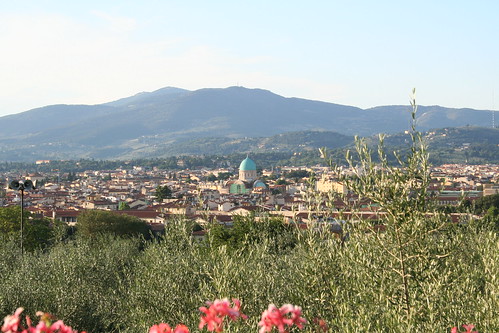
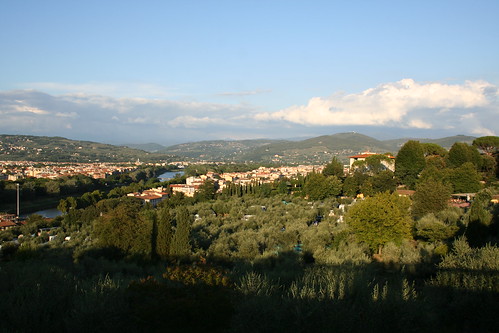
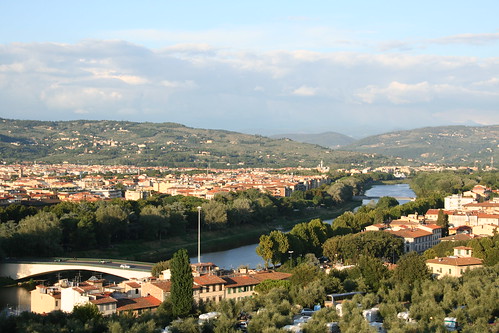
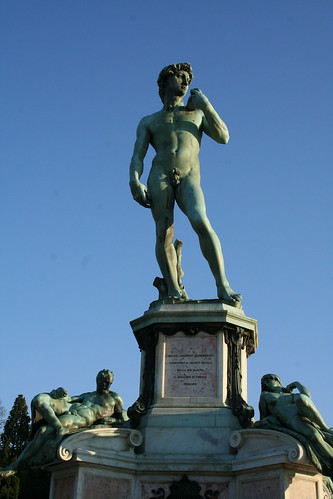
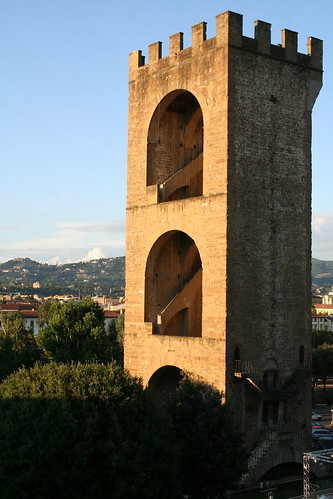
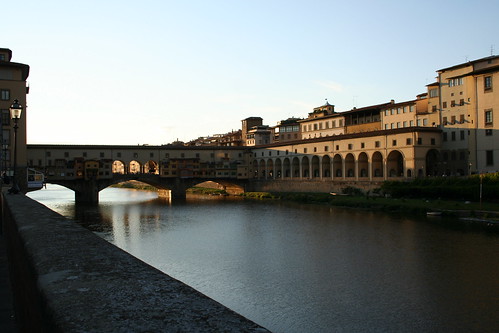
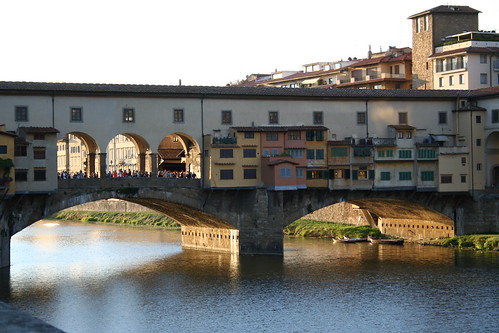
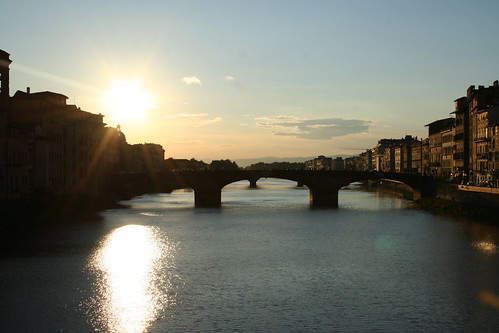
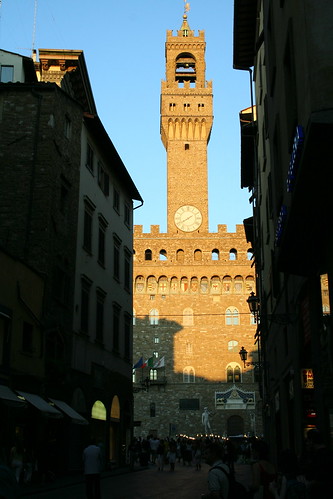
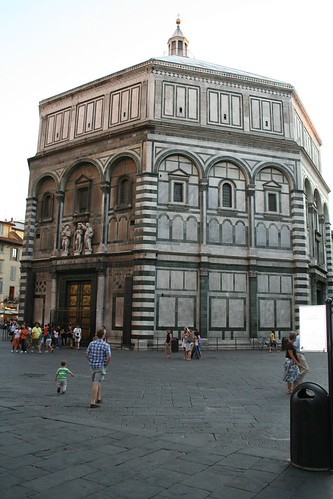
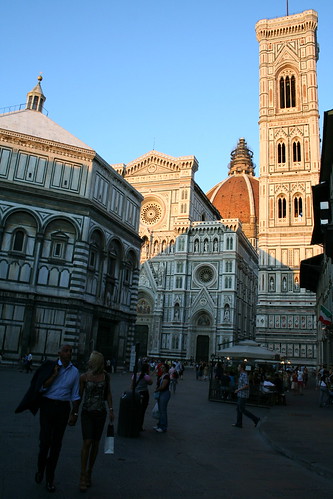
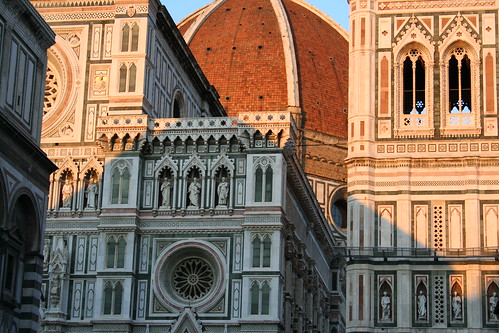
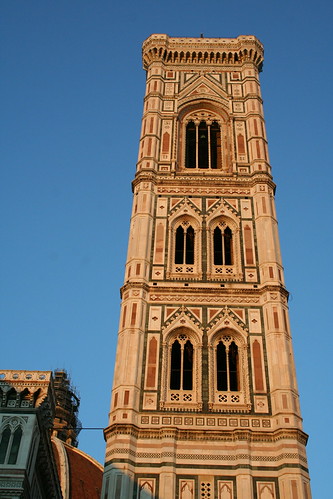
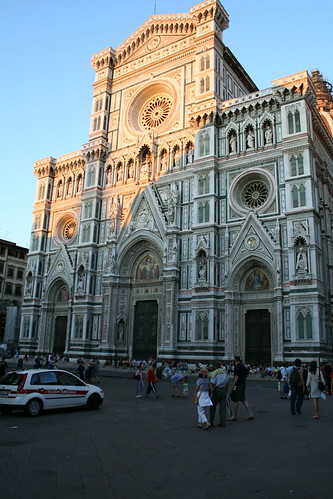
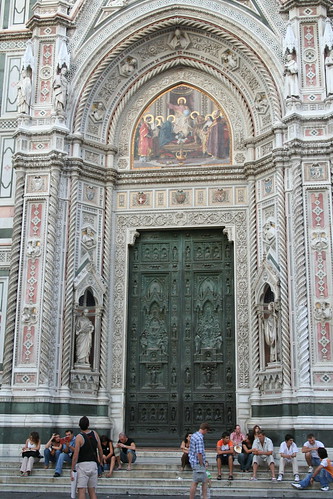
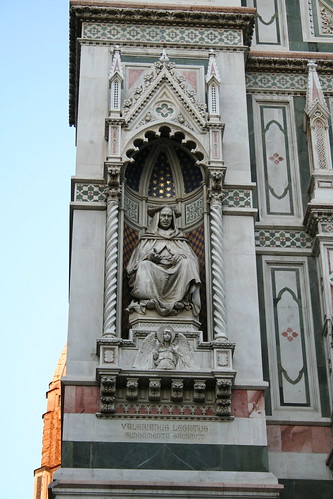
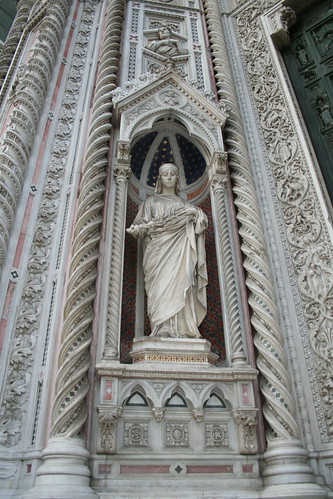
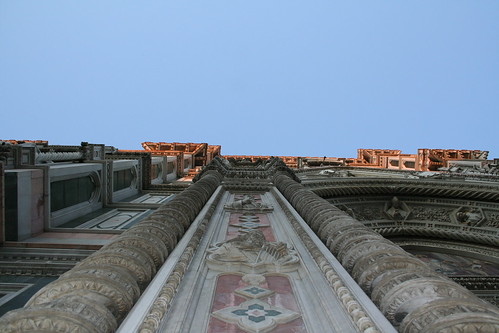
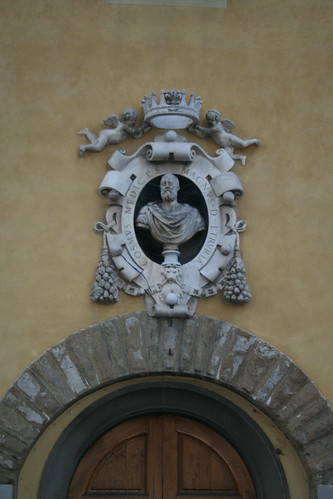

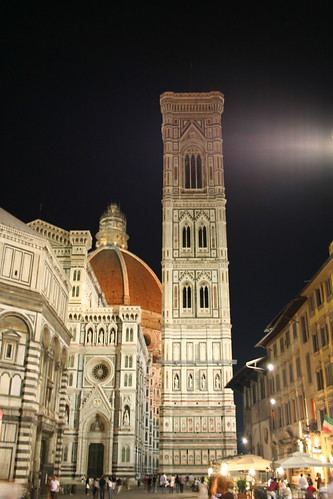
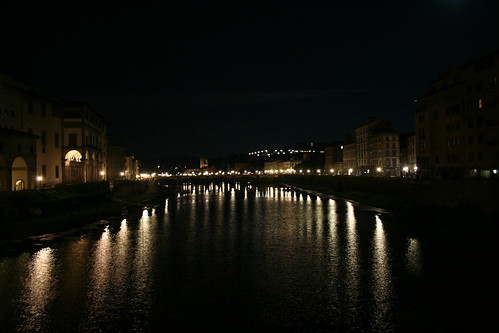
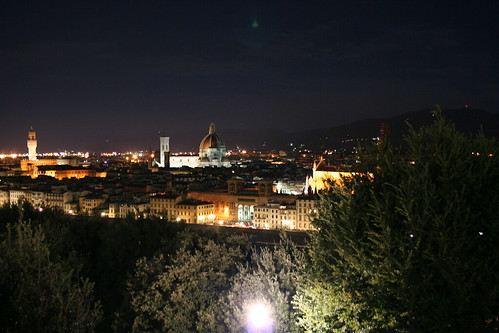
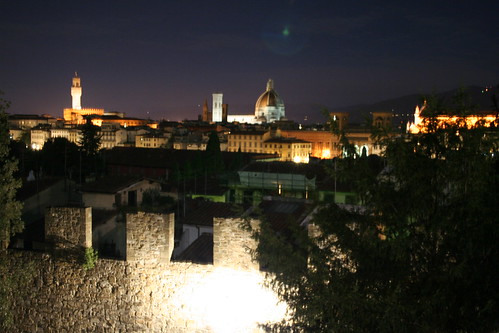
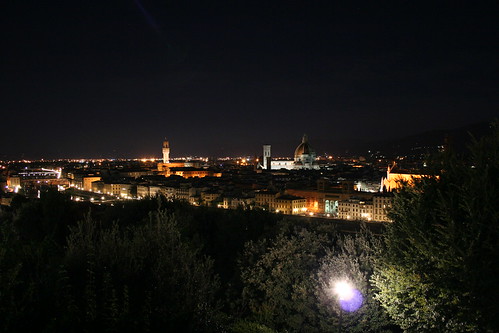
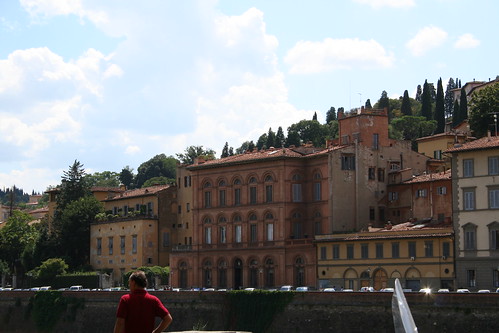
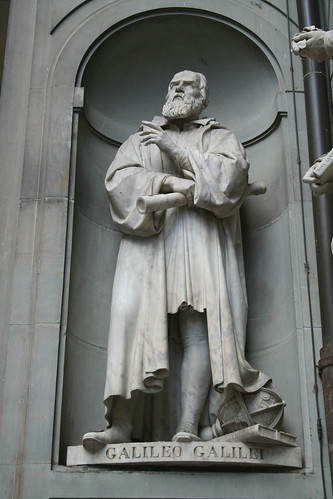
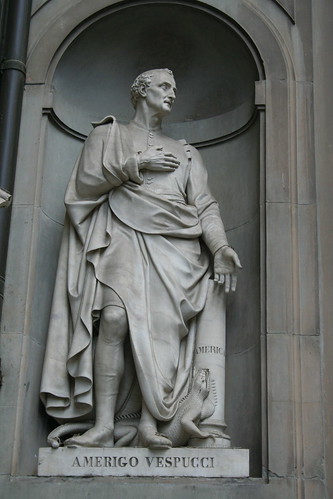
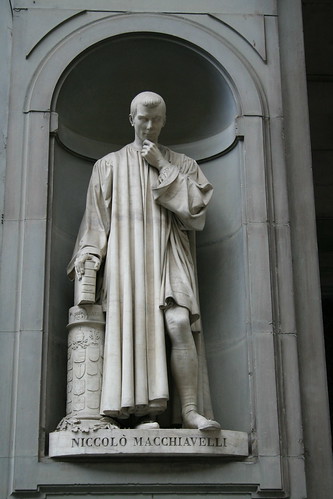
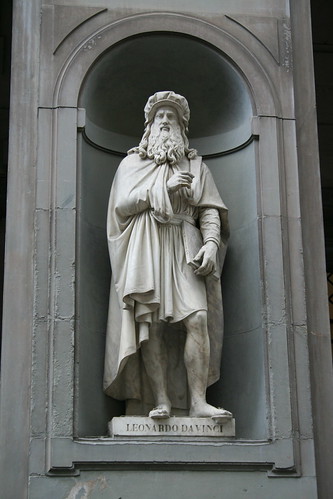
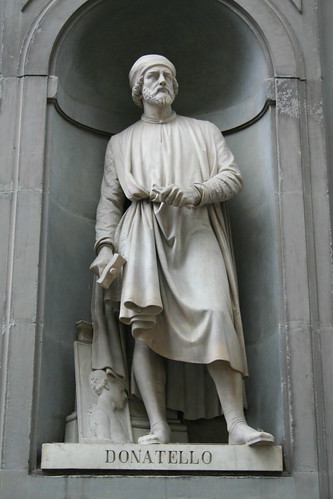
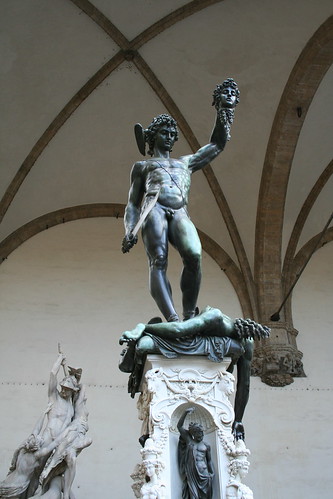
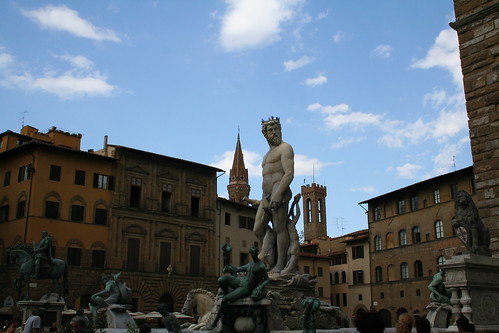
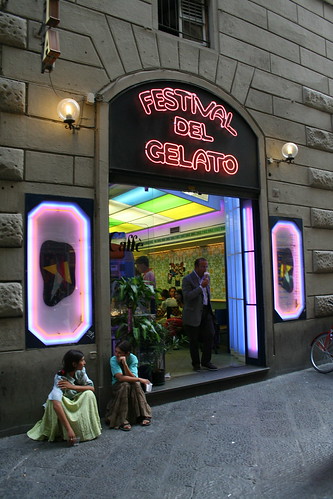
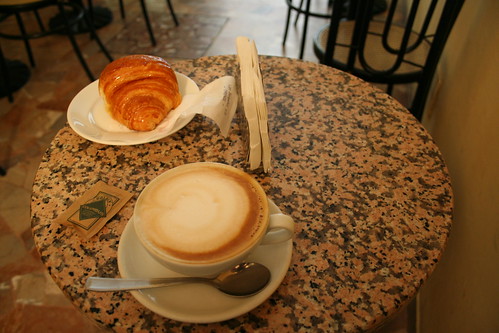
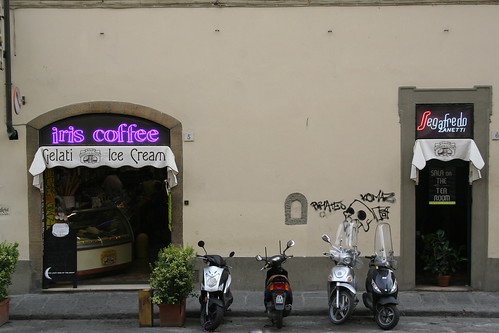
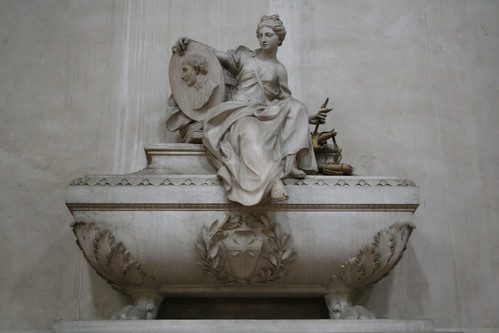
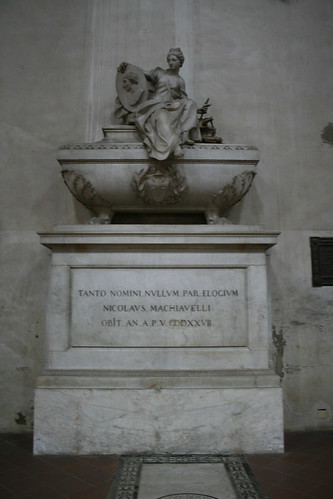
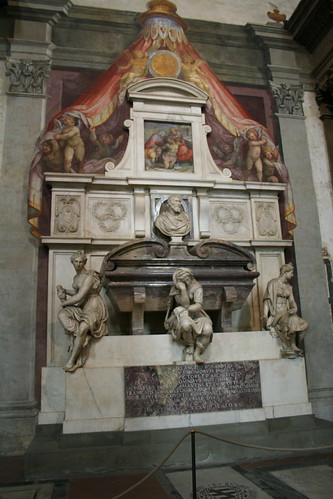
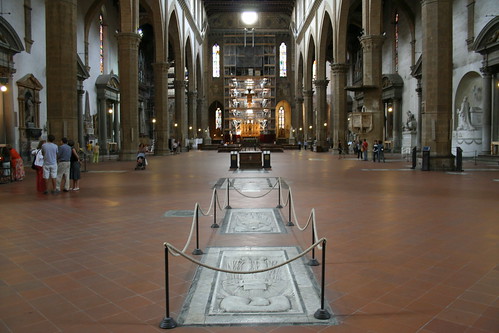
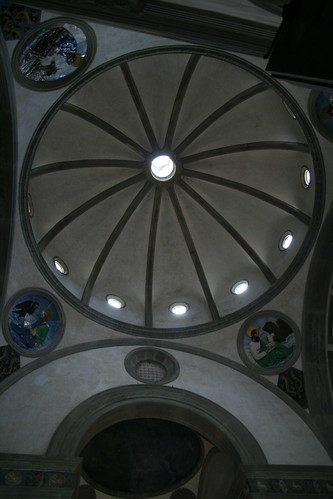
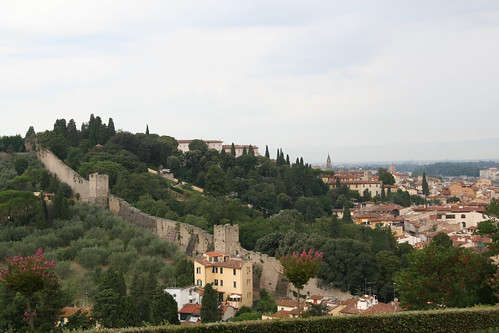
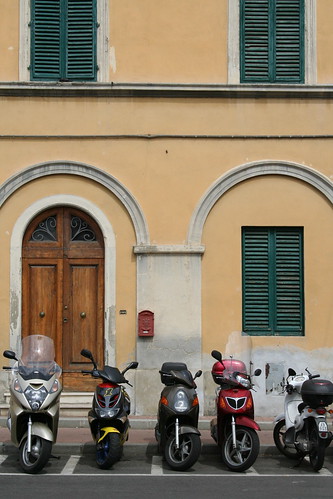
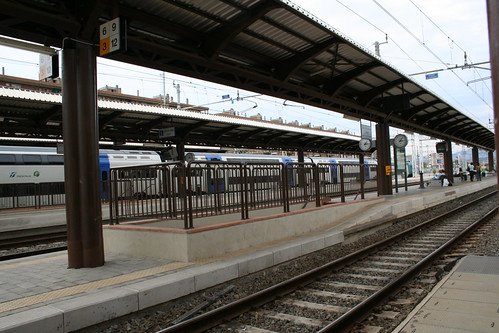
1 comment:
these photos of florence are enough to make my heart ache. how wonderfully shot, il mio amico.
Post a Comment